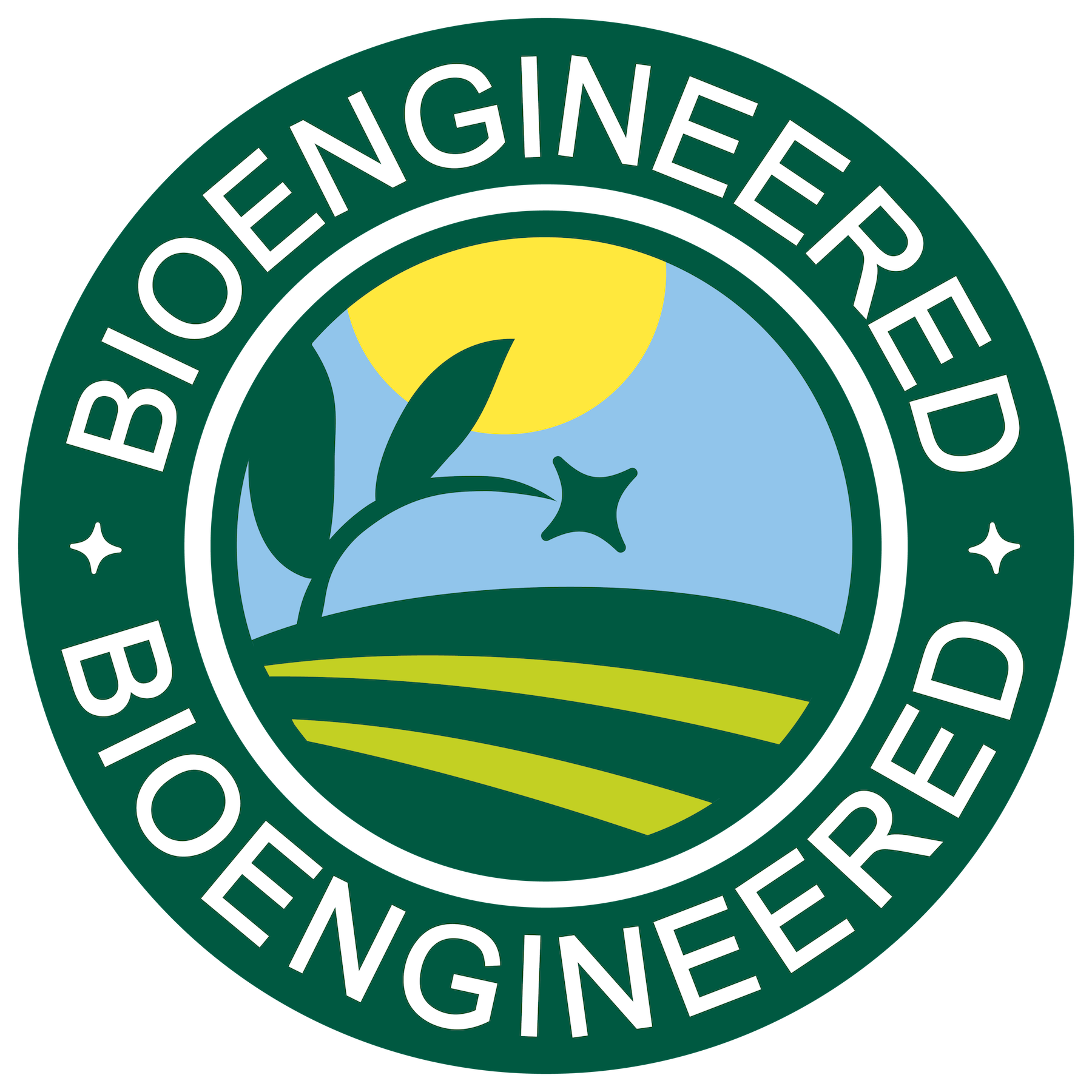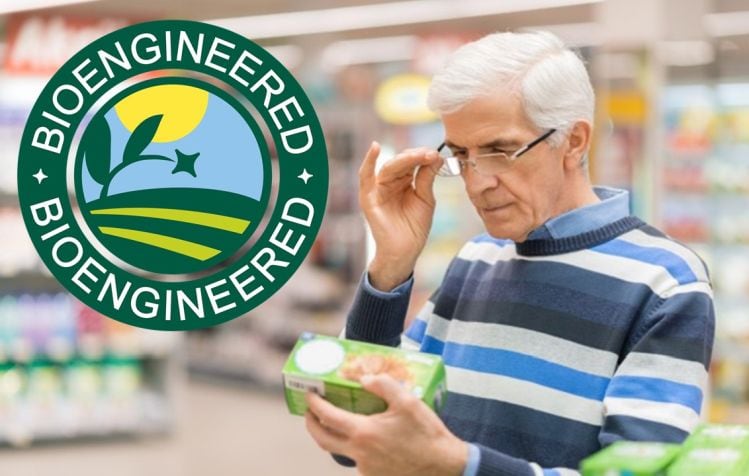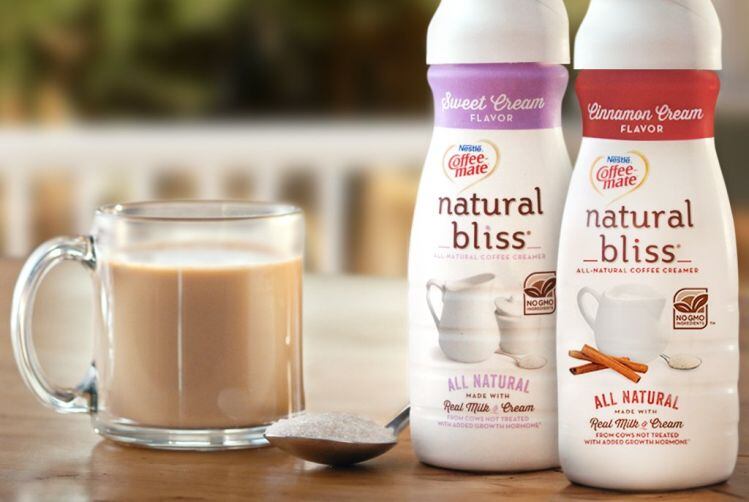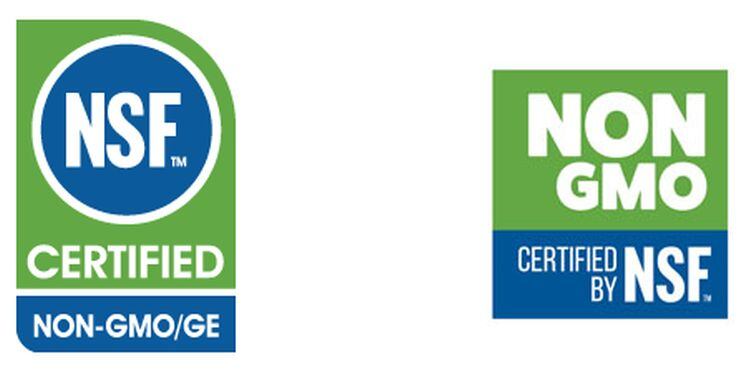The law – which will become mandatory in January 2022 – defines bioengineered foods as those that “contain detectable genetic material that has been modified through certain lab techniques and cannot be created through conventional breeding or found in nature.”
It generated intense debate when final details were released in late 2018, with supporters of stricter GMO labeling laws arguing that it didn’t go far enough, and opponents arguing that it would “confuse consumers [and] erode trust in brands and the technology.”
The new lawsuit is filed in the Northern District of California on July 27 against agriculture secretary Sonny Perdue, ARS administrator Bruce Summers, and the USDA by Natural Grocers, Citizens For GMO Labeling, Label GMOs, Rural Vermont, Good Earth Natural Foods, Puget Consumers Co-Op, and the Center For Food Safety. It takes issue with multiple aspects of the law, from its limited scope, to its requirement to use the word ‘bioengineered’ on labels instead of more familiar terms such as ‘GMO’ or ‘genetically engineered.’
The aim is to have the court declare the regulations unlawful and nullify them, and then return the issue to the USDA with orders to fix the unlawful parts, said George Kimbrell, legal director at the Center for Food Safety and counsel in the case, who argues that the rules “fall far short of what consumers reasonably expect and the law requires.”
Law should ‘cover all products produced with genetic engineering, not just those ‘detectable’ in the final product by current DNA tests’
He told FoodNavigator-USA: “We would like to see the types of disclosure that have always been done for food labeling: on-package, text labeling. Not the unprecedented use of barcodes and the discriminatory requirement to have a smart phone and scan dozens of food products.
“We would also like to see that labeling be meaningful and clear, using terms that consumers know and are familiar with: GE/GMO, not ‘bioengineered.’ [As for the scope of the regulations] the proper, legally required solution is to cover all products produced with genetic engineering, not just those ‘detectable’ in the final product by current DNA tests.”
He added: “Note that all of these answers are not just what we prefer as a policy matter, but also what the law requires. Which is why USDA violated the law in not complying with them.”
The key arguments in the lawsuit
The plaintiffs’ make four key arguments:
- Requiring food companies to use the term ‘bioengineered’ – although consumers and other government agencies such as the EPA and the USDA itself routinely use the term ‘genetically engineered’ - is “arbitrary and capricious, contrary to the Act’s plain language and fails to fulfill the Act’s fundamental purpose of informing consumers.”
- The law fails to “fulfill the Act’s core purpose of informing consumers” about GE ingredients because most foods containing ingredients from GM crops would not have to be labeled (the law only mandates the labeling of ingredients from GM crops if they contain detectable genetic material that has been modified through in vitro recombinant deoxyribonucleic acid (DNA) techniques), meaning most highly refined ingredients from GM crops such as high fructose corn syrup, refined soybean oil, and sugar would not have to be labeled. And this – argues the lawsuit – makes a mockery of the entire enterprise: “The vast majority of GE foods are not whole foods, but rather highly processed foods with GE ingredients like sodas and oils, which by some estimates account for over 70% of all GE foods."
- USDA’s decision to allow electronic or digital disclosures on labels (eg. via QR codes), without requiring additional on-package labeling “discriminates against at least 20% of the American adult population—primarily poor, elderly, rural, and minority populations—who have lower percentages of smartphone ownership, or live in areas in which grocery stores do not have internet bandwidth.“Defendants’ decision nonetheless to greenlight QR codes without other forms of labeling on products was arbitrary and capricious and contrary to law, in violation of the Disclosure Act and the Administrative Procedure Act.”
- Manufacturers and retailers “have a First Amendment Right to label foods as produced through genetic engineering or as genetically engineered. Yet the final rule attempts to restrict that right in multiple ways, providing only limited and restricted voluntary labeling beyond its narrow scope.” (eg. firms can use phrases such as ‘derived from bioengineering’ if they want to proactively disclose that they are using ingredients from GM crops, even if genetic material is not detectable.)
“Retailers and shoppers have relied on the term GMO for more than a decade to identify and avoid GMO foods. Banning the use of this term and replacing it with a term nobody has ever heard of is misleading and will create massive confusion in the marketplace.”
Mark Squire, co-founder, Good Earth Natural Foods
“A disclosure law that exempts 70% of the foods it is supposed to disclose is not a meaningful disclosure law: it is a fraud and allows producers to keep their GMO ingredients secret.”
Tara Cook Littman, Citizens for GMO Labeling
CSPI: Consumers are confused
Greg Jaffe, biotech director at the Center for Science in the Public Interest (CSPI), would not comment on the lawsuit, but said the limited scope of the GMO labeling law – which has a narrow definition of ‘bioengineered’ and also fails to define ‘Non-GMO’ – created a potentially confusing environment for consumers.
“The combinations of mandatory and voluntary disclosures, the number of products that will be exempt, and the range of Non-GMO claims that currently exist, make for a very confusing marketplace for consumers" given that currently the criteria underpinning ‘Non-GMO’ claims on food products differ from brand to brand.
He added: “The CSPI did recommend that USDA allow companies to use the term 'genetically engineered' because the term 'bioengineered' is unfamiliar to most consumers.
"Second, we supported including highly refined ingredients that are derived from genetically engineered crops in the disclosure requirements.”
By making the disclosure of this information voluntary, he added, “consumers will be confused when one product voluntarily discloses that is it ‘derived from bioengineering’ and an identical product has no such disclosure.”
The USDA did not immediately responded to requests for comment on the lawsuit.
The National Bioengineered Food Disclosure Standard defines bioengineered foods as those that contain detectable genetic material that has been modified through in vitro recombinant deoxyribonucleic acid (rDNA) techniques and "for which the modification could not otherwise be obtained through conventional breeding or found in nature."
The standard identifies three ways firms can determine that modified genetic material is not detectable:
- By using records to verify a food is sourced from a non-bioengineered crop.
- By using records to verify a food has been subjected to a refinement process that has been validated to render modified genetic material undetectable.
- By maintaining certificates of analysis or other testing records that confirm the absence of detectable modified genetic material.

There are four disclosure options:
- On-pack text: 'Bioengineered food' or 'Contains a bioengineered food ingredient'
- USDA approved symbol: (see right)
- Electronic or digital link to 'Scan here for more food information' or 'Call xxxx for more food information'
- Text message disclosure must include the statement: 'Text [command word] to [number] for bioengineered food information.'
Voluntary disclosures: Foods that do not meet the definition of bioengineered but are derived from bioengineered food (eg. a highly refined starch, sweetener, oil from GM corn, soy) may be disclosed voluntarily using a 'derived from bioengineering' symbol or a phrase such as 'corn derived from a bioengineered source.'
USDA's bioengineered list - which tells firms which foods they must keep records for and which may require bioengineered disclosures - includes: Alfalfa, Arctic apples, canola, corn, cotton, BARI Bt Begun eggplant varieties, ringspot virus-resistant varieties of papaya, pink fleshed pineapple varieties, potato, AquAdvantage salmon, soybeans, summer squash and sugarbeet.
Gene editing/CRISPR: USDA will determine on a case-by-case basis whether disclosure will be required for gene edited products (eg. products where DNA changes can be made within a species without introducing foreign DNA.)




